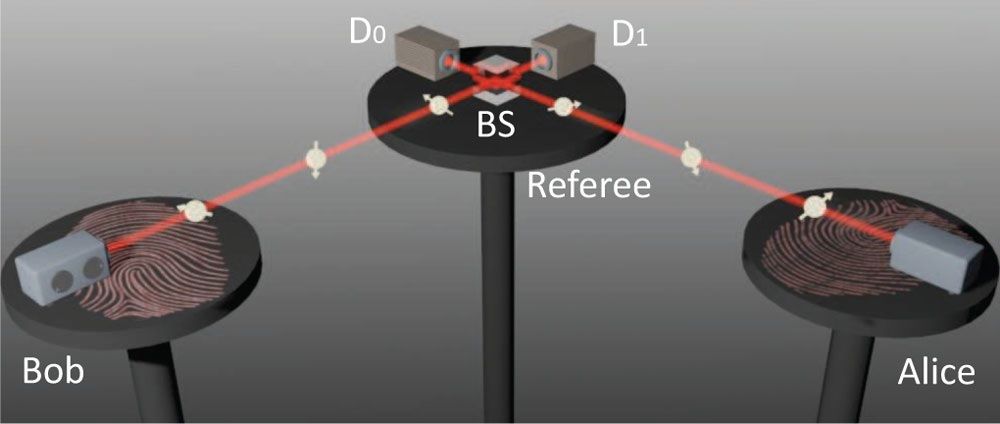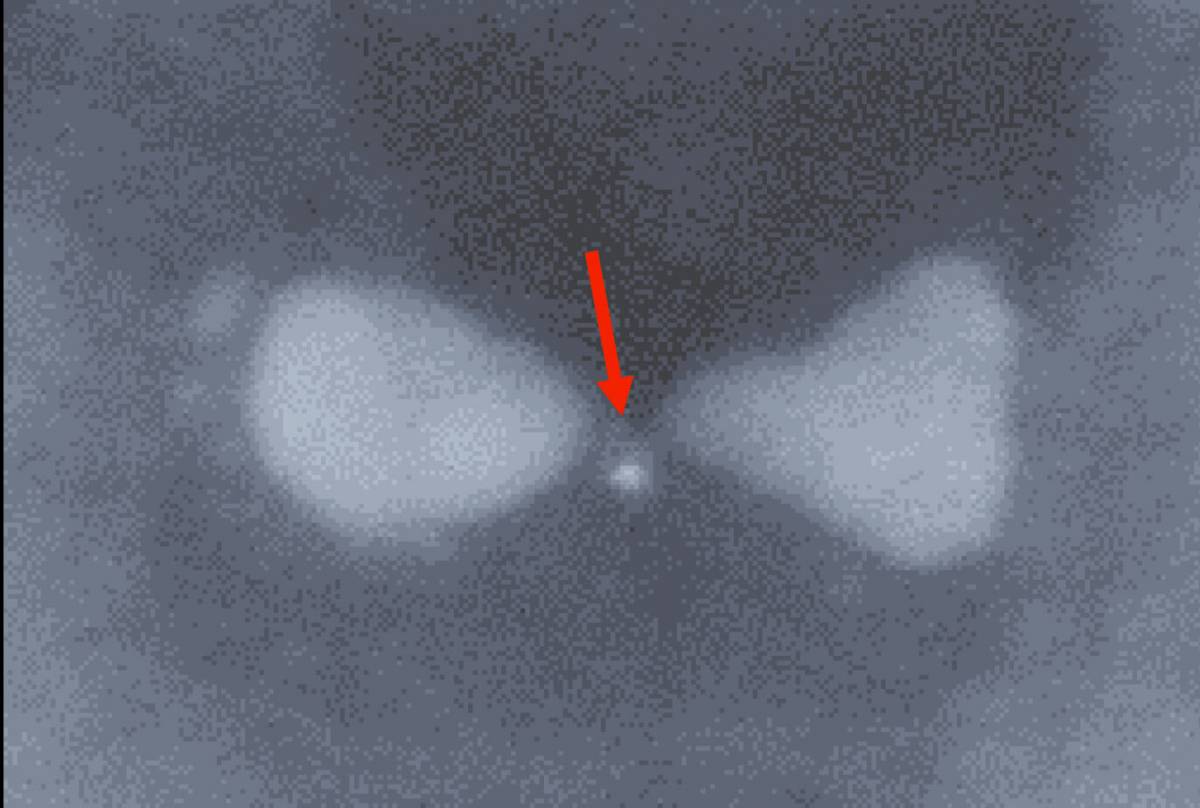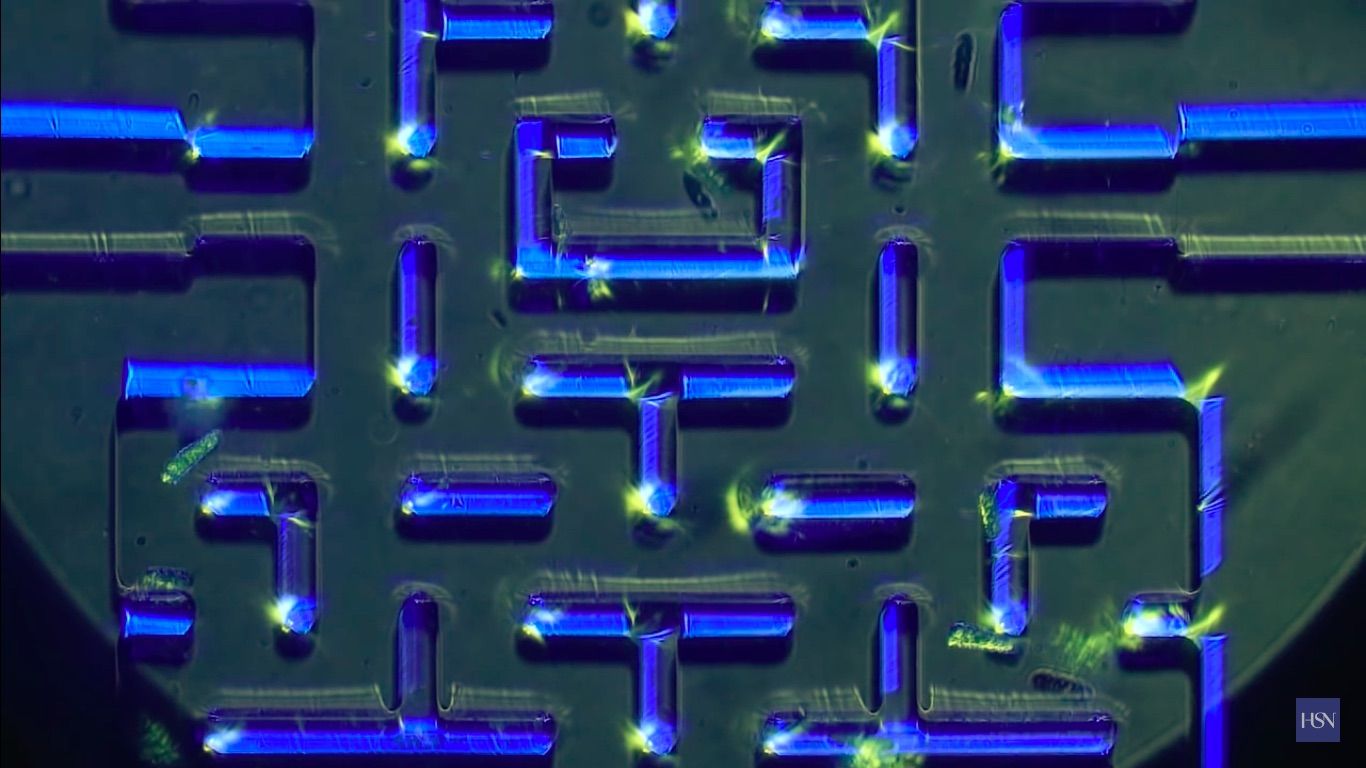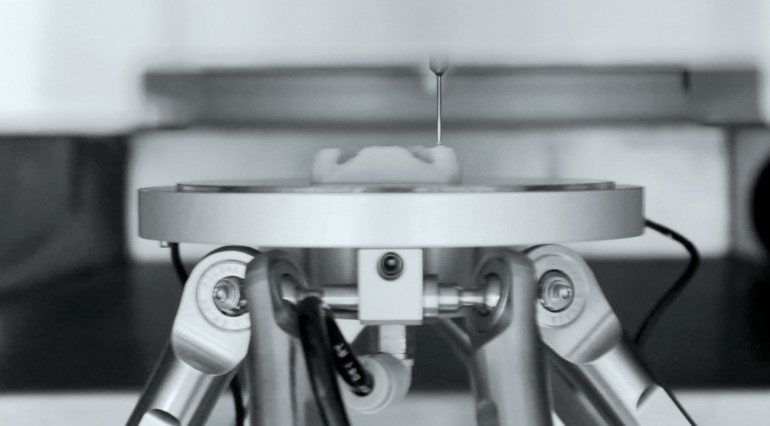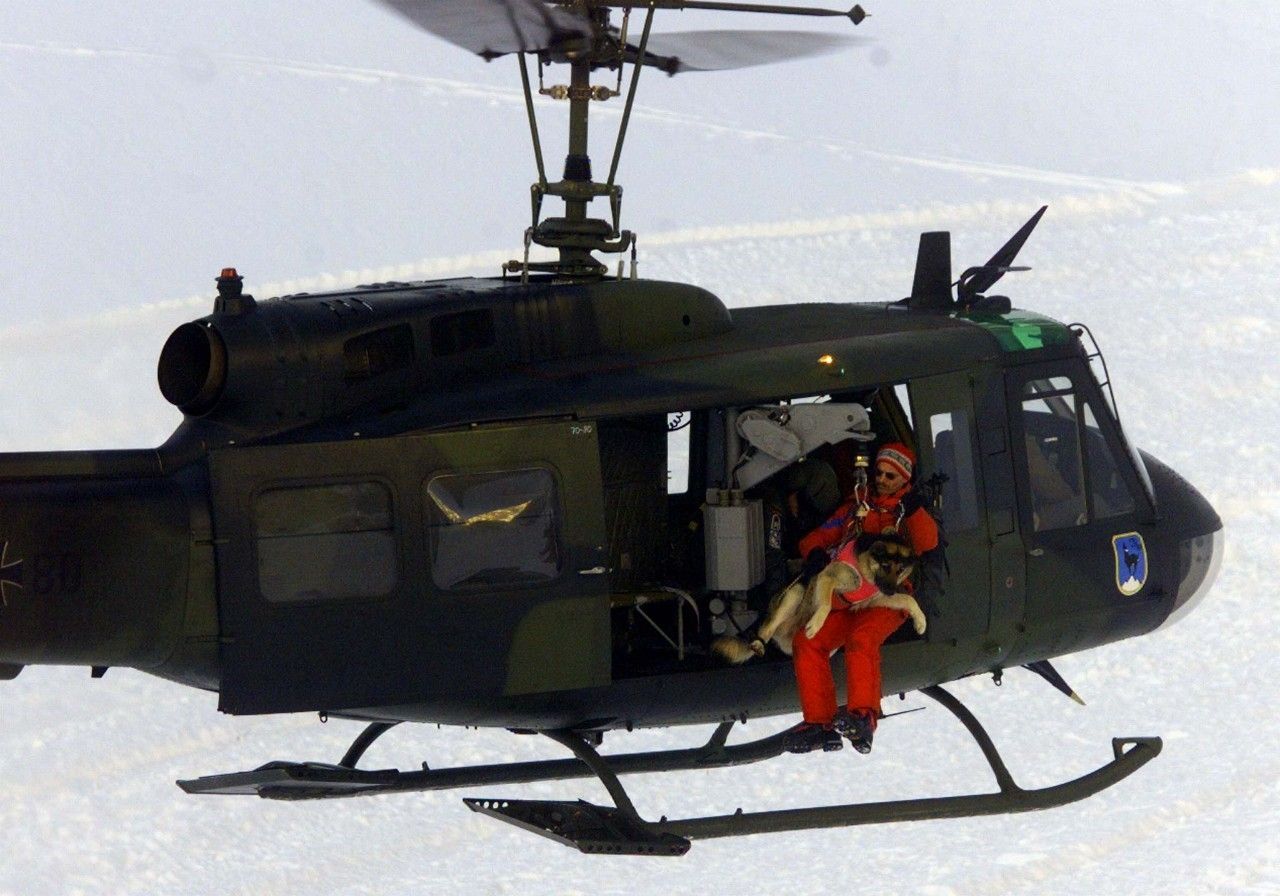Jul 5, 2016
Defense Against Hypersonic Weapons Systems in Full Swing is Next Russian Military Technology
Posted by Karen Hurst in category: military
Russian military scientists’ work on developing defensive capabilities against the threat of hypersonic weapons systems is in full swing, according to Ground Forces Air Defense Force chief Alexander Leonov.
Speaking to Russian radio station RSN, Lieutenant-General Leonov indicated that “over the long term, we will be faced with hypersonic targets such as warheads [which do not fly to their target according to a traditional ballistic trajectory], as well as hypersonic aerial vehicles; this trend is very promising. Work to combat these prospective weapons must be organized, and is in fact already being carried out.”
The officer indicated that at present, medium and long-range hypersonic missile systems are perceived as the main threat when it comes to hypersonic weaponry.


